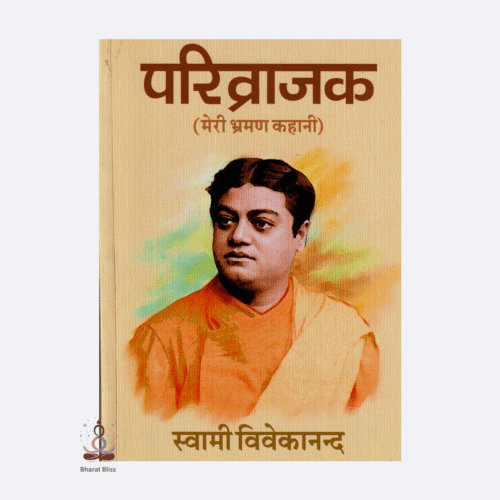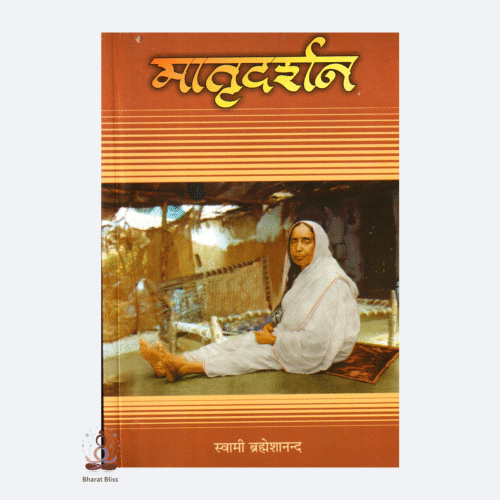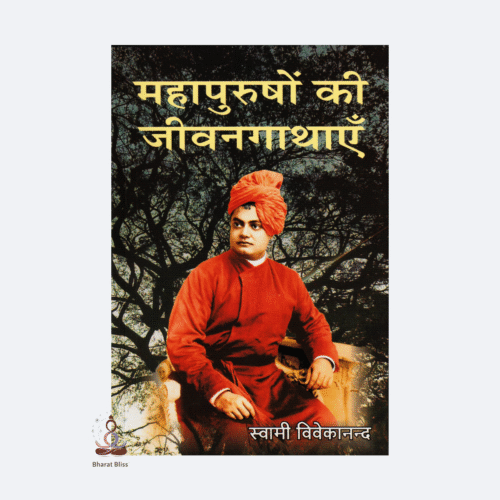बिलकुल! यहाँ "महापुरुषों की जीवनगाथाएं" की शैली में रामायण, महाभारत, जड़ भरत, प्रह्लाद, चैतन्य महाप्रभु, ईसा मसीह, और भगवान बुद्ध की संक्षिप्त गाथाएँ दी गई हैं — एकदम सरल और प्रेरणादायक शैली में:
🌺 1. रामायण – भगवान श्रीराम की गाथा
रामायण भगवान श्रीराम की जीवनगाथा है, जो सत्य, धर्म और मर्यादा के प्रतीक हैं। अयोध्या के राजा दशरथ के चार पुत्रों में राम सबसे बड़े और गुणवान थे। वनवास, सीता हरण, रावण वध और अंततः अयोध्या लौटकर रामराज्य की स्थापना – ये सभी घटनाएँ हमें त्याग, धैर्य और धर्म पर चलने की सीख देती हैं।
🛡 2. महाभारत – धर्म और अधर्म का महासंग्राम
महाभारत कौरवों और पांडवों के बीच का युद्ध है, जिसमें भगवान श्रीकृष्ण ने अर्जुन को भगवद्गीता का उपदेश दिया। यह ग्रंथ जीवन में कर्तव्य, आत्मा और ईश्वर के रहस्य को समझाता है। यह युद्ध केवल भूमि का नहीं, बल्कि न्याय, धर्म और आत्मबोध का संग्राम था।
🧘♂️ 3. जड़ भरत – आत्मज्ञान का उदाहरण
भरत राजा थे, जिन्होंने राजपाट त्याग कर तपस्या का मार्ग चुना। एक जन्म में मृग पर मोह के कारण वे अगले जन्म में जड़ (मूक) भरत बने, परंतु भीतर से वे पूर्ण ज्ञानी थे। उन्होंने सिखाया कि भक्ति और वैराग्य से आत्मा परम लक्ष्य तक पहुंच सकती है।
🌸 4. प्रह्लाद – भक्ति का अमर उदाहरण
प्रह्लाद एक असुरराज हिरण्यकश्यप का पुत्र था, लेकिन भगवान विष्णु का परम भक्त था। उसके पिता ने उसे मारने के कई प्रयास किए, परंतु नारायण ने उसकी रक्षा की। अंत में भगवान ने नरसिंह अवतार लेकर हिरण्यकश्यप का वध किया। प्रह्लाद ने सिखाया कि सच्ची भक्ति डर से नहीं, प्रेम से होती है।
🕊 5. चैतन्य महाप्रभु – प्रेम और भक्ति के प्रवाहक
चैतन्य महाप्रभु ने भक्ति आंदोलन को नई दिशा दी। वे हरिनाम संकीर्तन के द्वारा लोगों को ईश्वर से जोड़ते थे। उनका जीवन प्रेम, करुणा और सेवा से भरा था। उन्होंने दिखाया कि सच्चा धर्म सबको गले लगाना है।
✝️ 6. ईसा मसीह (ईशा दूत) – प्रेम और क्षमा के सन्देशवाहक
ईसा मसीह ने मानवता, क्षमा और सत्य का सन्देश दिया। उन्होंने कहा, “जो तुम्हें कष्ट दे, उसे भी क्षमा करो।” उन्हें क्रूस पर चढ़ा दिया गया, पर उन्होंने अंतिम समय तक सभी के लिए प्रार्थना की। उनका जीवन हमें प्रेम, सेवा और त्याग का मार्ग दिखाता है।
🕯 7. भगवान बुद्ध – ज्ञान और करुणा के प्रतीक
राजकुमार सिद्धार्थ ने संसार के दुखों को देखकर राजपाट त्याग दिया और ज्ञान प्राप्ति के लिए तपस्या की। बोधगया में उन्हें ज्ञान मिला और वे बुद्ध कहलाए। उन्होंने अहिंसा, मध्यम मार्ग, और चतुर्सत्य का उपदेश दिया। उनका जीवन आत्मबोध और करुणा का पथ है।
Here is a brief but impressive description of Swami Vivekananda's life in the style of "Biographies of Great Men":
Biographies of Great Men: Swami Vivekananda
Swami Vivekananda was one of the great saints of India who not only lit the lamp of spirituality in the country, but also glorified Indian culture and philosophy all over the world. He was born on 12 January 1863 in Kolkata (then Calcutta). His childhood name was Narendranath Dutta.
Narendra was very bright, curious and intelligent since childhood. He was thirsty for reasoning and knowledge. In his youth, he met Maharishi Ramakrishna Paramhansa, who showed him the path of self-knowledge and devotion. The proximity of Ramakrishna made Narendra "Swami Vivekananda".
Swami Vivekananda represented India and Hinduism in the Chicago Religious Conference in 1893. The gathering resonated with his powerful voice "Sisters and Brothers of America" and he became famous on the world stage. He told the world that India is not just a country of poverty, but a centre of a deep spiritual tradition and philosophy.
Vivekananda took the initiative to make the youth aware. He said,
"Arise, awake and do not stop till the goal is reached."
He founded the Ramakrishna Mission, which is still engaged in the field of social service, education, and spiritual development.
Swami Vivekananda's life was short-lived. He attained Samadhi on 4 July 1902 at the age of just 39. But his thoughts, teachings and ideals are still a source of inspiration in the lives of millions of people.
Absolutely! Here are short stories of Ramayana, Mahabharata, Jad Bharat, Prahlad, Chaitanya Mahaprabhu, Jesus Christ, and Lord Buddha in the style of "Biographies of Great Men" - in a very simple and inspiring style:
🌺 1. Ramayana - The Story of Lord Shri Ram
Ramayana is the story of the life of Lord Shri Ram, who is the symbol of truth, religion and dignity. Rama was the eldest and most virtuous of the four sons of King Dasharath of Ayodhya. Exile, abduction of Sita, killing of Ravana and finally returning to Ayodhya and establishing Ram Rajya - all these events teach us sacrifice, patience and following the path of Dharma.
🛡 2. Mahabharata - The Great Battle of Dharma and Adharma
Mahabharata is the war between the Kauravas and the Pandavas, in which Lord Krishna preached the Bhagavad Gita to Arjun. This text explains the mystery of duty, soul and God in life. This war was not just for land, but was a battle for justice, religion and self-realization.
🧘♂️ 3. Jad Bharat – Example of Self-Knowledge
Bharat was a king who renounced his kingdom and chose the path of penance. Due to his fascination for a deer in one birth, he became Jad (mute) Bharat in the next birth, but from within he was fully knowledgeable. He taught that the soul can reach the ultimate goal through devotion and detachment.
🌸 4. Prahlad – Immortal Example of Devotion
Prahlad was the son of an Asuraraj Hiranyakashyap, but was an ardent devotee of Lord Vishnu. His father made many attempts to kill him, but Narayana protected him. Finally, God took the form of Narasimha and killed Hiranyakashyap. Prahlad taught that true devotion is not out of fear, but out of love.
🕊 5. Chaitanya Mahaprabhu – The purveyor of love and devotion
Chaitanya Mahaprabhu gave a new direction to the Bhakti movement. He connected people to God through Harinam Sankirtan. His life was full of love, compassion and service. He showed that true religion is to embrace everyone.
✝️ 6. Jesus Christ (Isha Doot) – Messenger of Love and Forgiveness
Jesus Christ gave the message of humanity, forgiveness and truth. He said, “Forgive even those who hurt you.” He was crucified, but he prayed for everyone till the last moment. His life shows us the path of love, service and sacrifice.
🕯 7. Lord Buddha – Symbol of Wisdom and Compassion
Prince Siddhartha, seeing the sorrows of the world, renounced the kingdom and did penance to attain knowledge. He got enlightenment in Bodh Gaya and became known as Buddha. He preached non-violence, middle path, and four truths. His life is the path of self-realization and compassion.













